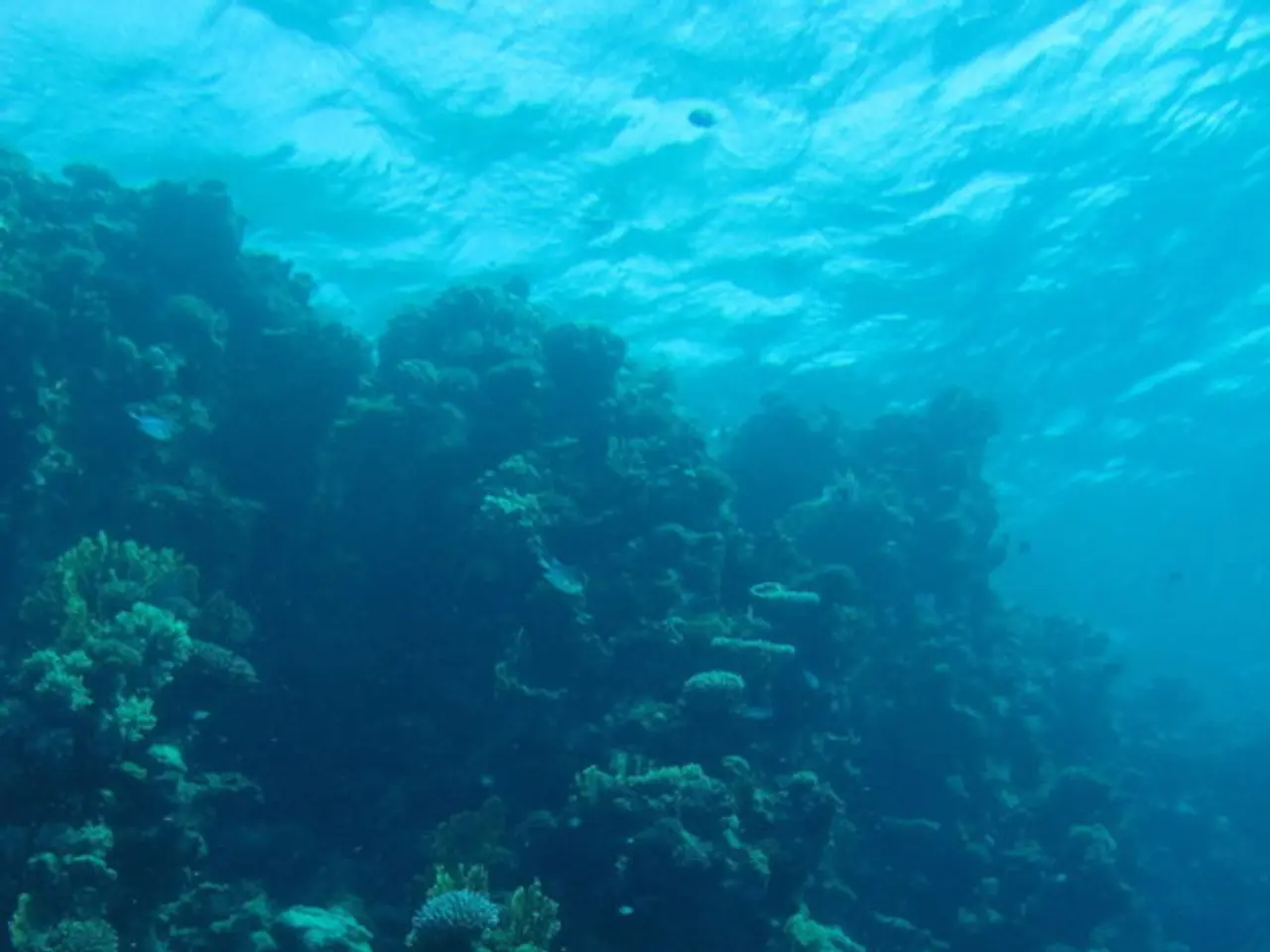Capital Market Waves: Blue Bonds Creating a Stir
In the quest for a more sustainable future, a novel financing method is gaining traction - blue bonds. These innovative financial instruments are specifically designed for large-scale infrastructure projects that contribute to the health of our oceans and marine ecosystems.
Blue bonds have been found to be ideal for various projects, such as maritime transportation, marine renewable energy, coastal ecotourism, sustainable energy, and marine fisheries management, among others. They are also instrumental in addressing the underfunding of SDG 14 (life below water), a key United Nations goal.
One of the most intriguing aspects of blue bonds is the use of debt-for-nature swaps, a financial instrument that allows a developing country's external debt to be forgiven or reduced in exchange for local environmental conservation measures. Countries like Seychelles, Indonesia, Colombia, Gabon, Belize, and Barbados have already utilized this method to finance blue projects.
The general process for debt-for-nature swaps involves the government raising debt to refinance and restructure existing debt, with creditors holding the newly issued sovereign blue bonds in place of their previously held sovereign debt. In return for providing debt relief, the government agrees to set aside a portion of the debt savings for marine conservation efforts.
The blue bond market is poised for growth, with the International Finance Corporation expecting it to continue expanding. The growing demand for sustainable solutions in the marine industry suggests that blue bonds will become an effective way for issuers and investors alike to contribute to solving environmental issues.
The United Nations outlines a general framework for issuing a blue bond, which typically involves aligning the issuance with Sustainable Development Goals, collaboration with key stakeholders, framework development, structuring and issuance, management of proceeds, reporting and impact monitoring, market engagement, and capacity building.
These steps reflect a blend of international best practices for thematic, SDG-aligned debt issuance with a dedicated ocean focus, facilitated through UN and financial sector partnerships to ensure credible, transparent, and impactful blue bond issuance.
As the blue economy is expected to double in size to U.S.$3 trillion by 2030, creating 40 million jobs and making it the eighth largest economy in the world, blue bonds offer a promising avenue for sustainable growth and job creation in the marine sector. The future of our oceans may well be blue, and blue bonds could play a significant role in making that future a reality.
- Science and technology are essential for developing the blue bond market, as they enable the creation of innovative financial instruments like debt-for-nature swaps.
- Environmental-science projects related to marine ecosystems, such as maritime transportation, renewable energy, fisheries management, and ecotourism, can benefit from financing through blue bonds.
- Investing in blue bonds provides an opportunity for businesses to contribute to the United Nations' SDG 14 (life below water) and help address underfunding in this area.
- Data-and-cloud-computing technologies can play a role in managing and monitoring the impact of blue bond projects, ensuring their credibility, transparency, and effectiveness in fostering a more sustainable marine economy.




